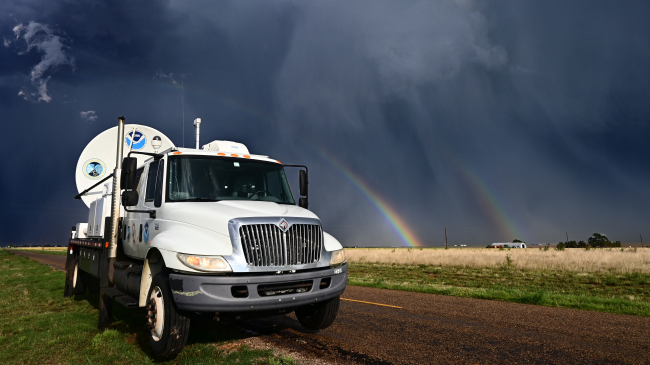
Recent shifts in the population of small mammals, such as shrews, may be the signs of broader consequences of environmental change. (Image credit: Andrew G. Hope/ Kansas State University)
William Shakespeare wrote more than 400 years ago that shrews could be tamed. But not so fast, according to an essay in the 2016 Arctic Report Card.
Turns out that some Arctic shrews, those small furry mammals with funny snouts famed on stage and sci-fi screen, can not be tamed. In fact, one species of shrew is now invading north into the Arctic, setting off a major reorganization of animal communities at the top of the world.
Accelerating climate change in the Arctic is spurring the northward invasion of shrews, bringing an array of tapeworms and other parasites, according to authors of an essay in this year’s report card, “Small species indicate big changes: Shrews and their parasites.”
For the last decade, the NOAA-led Arctic Report Card has provided an annual update on changing ice, snow, air and sea temperature and other key measurements. The card is showing a persistent warming trend that is accelerating at twice the rate of other areas. This warming trend is setting off many other changes that affect the Arctic communities as well as the global community.

“Because shrews are plentiful in northern communities and we have been able to analyze specimens over many years, we can use them to understand fundamental evolutionary and ecological processes that may be affecting many other species, from mites to muskox,” said Eric P. Hoberg, a scientist with U.S. Department of Agriculture and one of the authors of the new peer-reviewed essay.
The example of that havoc involves the masked shrew, common to the boreal forests just below the Arctic tundra. But these critters are now spreading north into the tundra territory of the well-named barren ground shrew.
With the masked shrew invasion has come an “overlap” of the two species. That’s a gentle word for what the more fragile barren ground shrew may see as occupation. The results are shrinking and fragmenting populations of barren ground shrew and potentially new parasites and diseases. Scientists are also seeing some hybrids of the two shrews.
While the new shrew research opens a rare window into how communities of small mammals and their parasites experience accelerating climate and ecosystem changes, the authors say there are large gaps in our understanding. To get a better understanding of how animal communities are changing, scientists say we need comprehensive field collections with annual updates. Sustained wildlife population information combined with climate data will help scientists better predict the future for wildlife in a warming Arctic.




